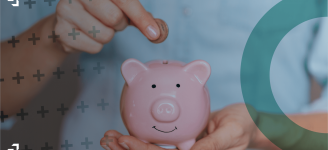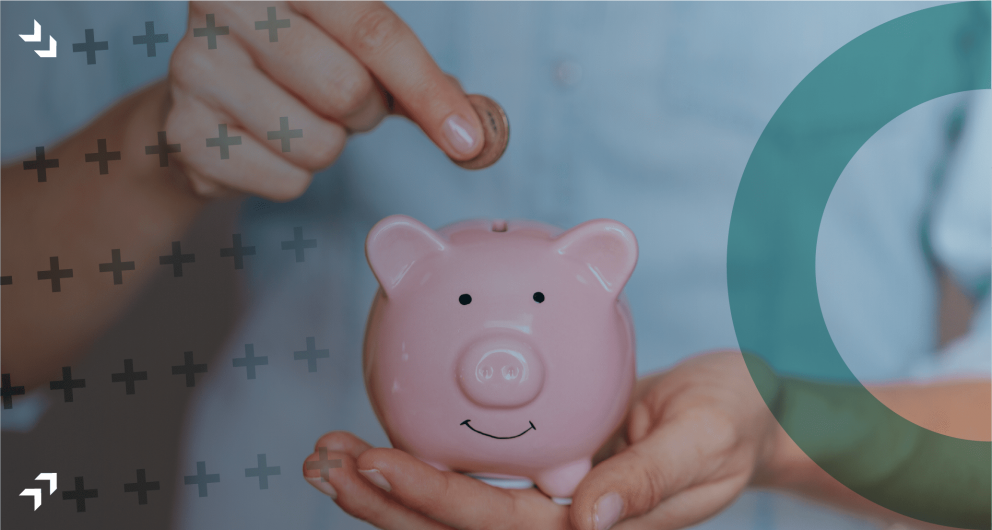- Coaches (3)
- Courses (25)
- Customer Success (10)
- Investment & Fundraising (6)
- Management & Leadership (34)
- Marketing (6)
- Prospecting (19)
- Sales (34)
- Sales Impact Academy News (23)
- Wellbeing (9)
How to Thrive in the Age of the Customer

- Customer Success, Sales Impact Academy News
- Simone McNichols-Thomas
- Estimated Reading Time: 9 minutes
Not being customer-focused is the biggest threat to your tech business. It is rare that your technology is the disruptor to your company. In reality, it is the behaviour of your customers, and your ability to maintain and grow your customer base, which can put you in hot water.
That’s why customer success can’t operate simply as a department, as it is vital to the survival of a business overall. You need to adopt customer-centricity as a company-wide philosophy to maximize the value of your customer base.
World-renowned thought leader, Dan Steinman — Chief Evangelist at Gainsight and customer success guru — touched on why CS should be high up on your priority list in his event, ‘The Age of the Customer — Don’t Let Churn Kill Your Business’. With customer success and churn being such massive topics, we wanted to further pick the brain of the CS guru.
We put your top questions on Customer Success to Dan…here’s what he said!
Do you have any tips on how to avoid churn in a period where clients are operating with a significantly reduced budget?
“No magic bullets here. Customer Success is ALWAYS about value. If you can’t show a clear ROI, you have no right to ask for the renewal. You may have a bit of wiggle room if you are just getting started with a customer (or a new product) but, at some point, the value must be clear and it has to exceed the cost otherwise your value proposition just doesn’t work.”
How can you deliver ongoing value (after kick-offs) to customers when it’s difficult to establish a relationship with the chosen contact person?
“This is one reason that the Sales-to-Customer Success and Onboarding handoff is so crucial. That kickoff meeting MUST include the buyer/exec champion on the customer side so the relationship with them gets handed off to the post-Sales team, as well as all of the other information collected during the sales cycle.
That’s also the time to get a commitment from the exec to do Executive Business Reviews (EBRs) at some regular intervals and ensure that they will commit to being involved in those. It’s very common that the users of your product are different from the buyer so you can’t afford to not have a relationship with the buyer just in case you need it.”
How do you get predictability in future revenue moving to consumption models?
“Great question and this is very challenging.
The answer is to build a model with real data. Over time, with lots of customer data, you’ll be able to see what the average growth rate is and, therefore, the average cost to serve. Let’s use Amazon Web Services (AWS) for example. And let’s say our initial setup with them costs us $1/customer/month (that computes power + storage + APIs + use of all their tools). If that cost appears to hold steady over time, we can then base the cost predictions on our customer growth. If we know we’re going to add 200 customers per month over the next year, we can rightly predict an increase of $200/month in AWS fees.”
Do you have any tips for renewing Clients via Partners?
“Step one — get your own processes working and documented for your direct customers.
Step two — share your processes with your Partners so they are following a roadmap that you know works.
Step three — incentivize the partners in some way. If they are resellers of your product, for example, tie their reseller discount to the retention rate of their customers. In other words, treat each Partner as if they are one of your customer success managers (CSMs). Help them manage their book of business and hold them accountable for doing so.”
How can AI-enabled technology be useful for CS teams in SaaS businesses?
“This is a very broad question. It’s like asking ‘How can a dictionary be helpful when you’re writing a book?’
AI is super-broad and potentially useful in so many areas. One way I know it could be used very effectively would be to analyze customer communications (emails, support tickets, phone calls, survey comments, etc.) for sentiment based on words and tone-of-voice, etc. This could be potentially much more accurate and helpful than asking the CSM to give their subjective assessment of the health of one of their customers. But, there’s so much data in our customer world, that AI could literally be applied in a million ways.”
In early-stage businesses, the pricing is inevitably going to change often. How do you communicate this with current customers whilst also ensuring it remains fair in comparison to what they began paying?
Step one — make sure the customer’s voice is heard during these internal discussions. In other words, make sure you or someone on the Customer Success team is involved in the internal conversations about the price. Old habits would be to discuss only the impact on future customers. But, existing customers with upcoming renewals are MORE important than prospects who don’t know about the old pricing.
Step two — earlier is better. The sooner you can communicate pricing changes (and why), the better off you are with customers. They need time to plan and budget. Of course, this also gives them more time to plan to switch vendors which is why the customer’s voice as part of the decision process is so critical. One question that should always be asked is, “How will this pricing change affect our renewal rates?”
How can Marketing be more aligned with Customer Success?
“One easy answer is to split off Customer Marketing and actually put it inside the Customer Success org. If I’m the CCO, this is what I want because I want to control the message, branding, voice, and content of EVERYTHING that is going out to my customers. I also want to control how often we are trying to sell something to customers vs. trying to help them get more value out of what they already own.
If you can’t combine the orgs, make sure there are some shared metrics. Make sure a component of your CMO’s comp is Net Retention. Or make sure you and your CMO share a metric around “leads from existing customers.” Shared metrics force alignment.
How do you structure compensation for CSMs? Would you recommend a team target or individual when it comes to NDR?
I’m a big fan of team targets for CSMs. This ensures that your CSMs don’t feel like Salespeople (which they probably don’t want to be). It also ensures collaboration across your CSM team. It will also eliminate the complaint that territories aren’t fairly divided up and make it easier to move CSMs between accounts as needed.
Trust me, this is worth pushing back on if someone (CEO or CFO) is insisting on individual targets. One thing I always fall back on in these discussions is that I manage my CSMs, not the comp plan. So no one is going to get rewarded if they aren’t doing their job. This is often the biggest fear of a team target. But if I have CSMs who aren’t getting the job done, it’s my job to coach them up or move them out. I can’t abdicate that job to my comp plan.”
Thank you very much Dan for all of these amazing insights! Watch the full event on-demand — here — and discover more vital learnings on how to master Customer Success with our dedicated courses.



